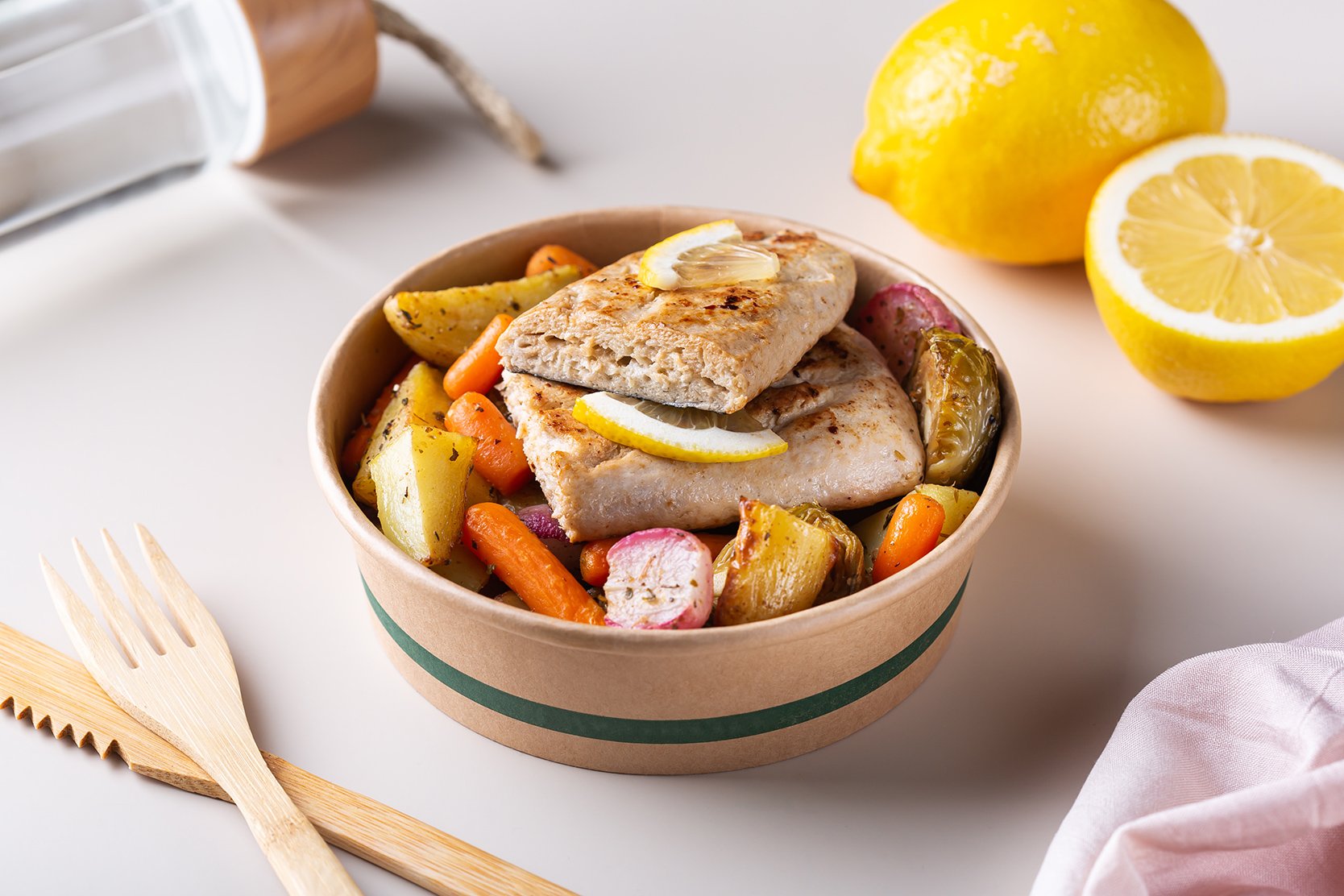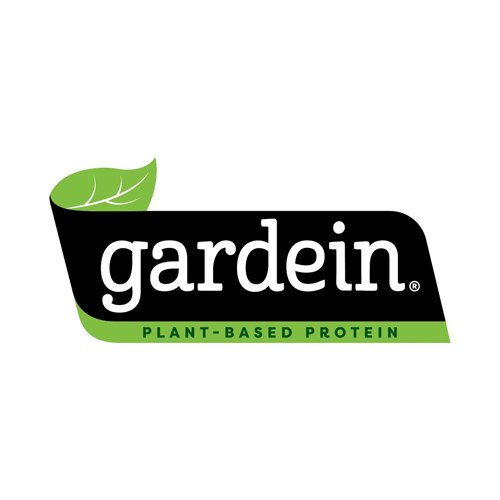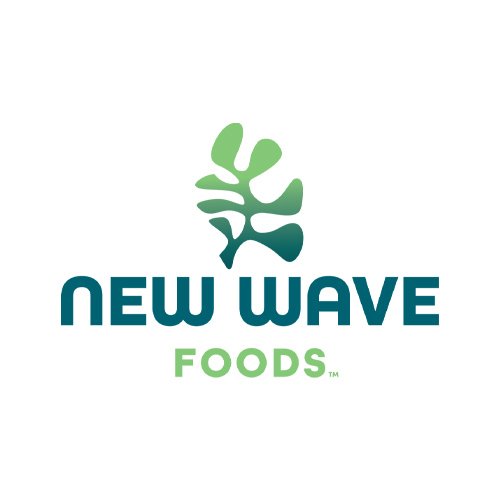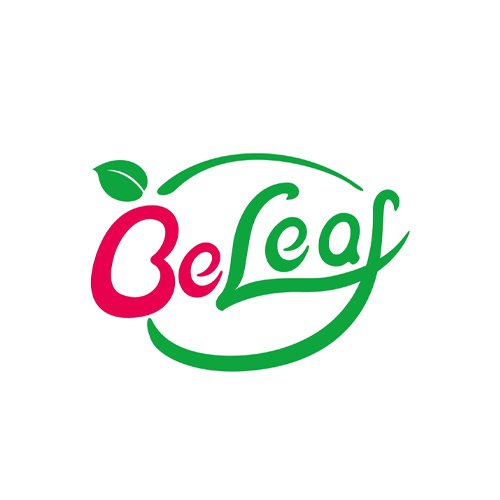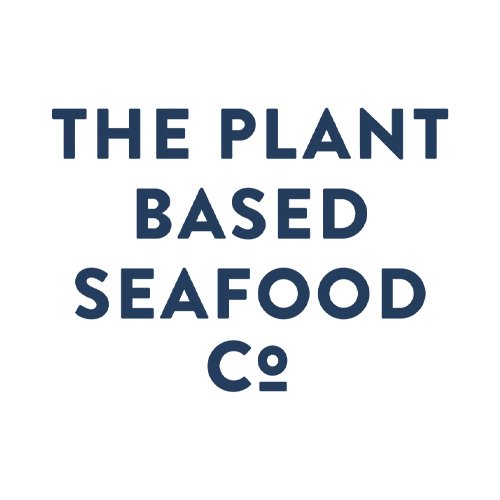Plant-Based Seafood is Growing in Popularity
Why Plant-Based Seafood?
Plant-based seafood is nothing new. The May Wah Vegetarian Market in New York City’s Chinatown has been offering Manhattanites a local source of alternative seafood since 1995. Vegan seafood is on the rise. In fact, alternative seafood received four times the investment in the first half of 2021 than it did in the entirety of 2020. And that’s after 2020 saw a 23% sales spike in the US. The 3.1% yearly growth rate outpaced both meat consumption and the world population expansion.
Overfishing, Oceans and Climate Change
Overfishing is an undisputed global problem. According to the United Nations, nearly 90% of the world's marine fish stocks are now fully exploited, overexploited or depleted, with fisheries subsidies playing an integral part, and saltwater species are expected to go extinct by 2048 if current rates of consumption continue.
When populations are diminished, other species will overpopulate, destroying biodiversity and making changes to the entire ecosystem.
We can’t ignore the carbon footprint attached to seafood, either. Increasing demand has led to higher greenhouse gas emissions, and heavy fuel use by ocean fishery vessels contributes to climate change.
There are additional reasons why seafood isn’t the answer, among them the endemic child and slave labor involved in the industry, the use of plastic packaging, or the presence of microplastics in oceans, which themselves are subject to toxic contamination due to chemical runoff.
Our consumption of fish is destroying our planet, and the only truly sustainable seafood is one that allows fish to remain in the ocean, undisturbed.
What’s it Made from?
Editorial Credit: The Image Party / Shutterstock.com
Alternative seafood products mainly contain plant-based proteins, polysaccharides and lipids, and other functional ingredients such as colorants, flavorings, minerals, vitamins, and preservatives. The plant-based proteins provide the protein content and play a key role in the final structure of the product.
The most common ingredients in these products are pulses, seaweed and algae, legumes, and some vegetable oils. One of the biggest challenges is to mimic the texture, appearance, flavor, and mouthfeel of animal-based products with just these ingredients. Also, the nutrient profile of plant-based products has to be designed with the utmost care so that their consumption does not lead to harmful health effects.
One seafood line centers it’s products on flour derived from konjac, a root vegetable grown in Asia. In addition to mimicking the taste and texture of seafood, konjac is low in fat and high in fiber. It provides many health benefits, including lower cholesterol and blood glucose levels.
Peas are also used to produce fish analogs and is considered to be an allergen-free alternative, especially for higher quality products. Other popular plant-based proteins that are usually used in combination are oats, chickpea, lentils, fava, sunflower, and flaxseed.
For tuna, a blend of soy, pea and chickpea protein is used, with algae oil added to round out the flavor. This also adds healthy omega-3 fatty acids.
For shellfish substitutes, proteins such as seaweed, algae, or konjac powder mimic the texture of real shrimp and can be applied to other products such as lobster, crab, prawn, and calamari alternatives.
Vegan alternatives to squid, Fuzhou-style fish balls, red-spot prawns and shrimp, crab steak, scallops, shark fins, abalone and whole lobsters are just some of the highlights.
A sashimi line uses tapioca starch because it helps get the right structure for the sashimi, and because it’s free of common allergies, in contrast to soy and wheat alternatives. Flax and rapeseed oil are two other key ingredients.
The Recipe for Faux Fish
Appearance, texture, and flavor are the main challenges that scientists face when building the perfect plant-based foods. Due to its unique flaky structure and distinct thin layering arrangement of proteins, fake fish is even more complex to make than fake meat.
Texture: One of the most important quality attributes of fish is texture, characterized by complex muscle fibers. First, fish meat has a high tensile strength. Second, when fish die their muscles soften. Third, the texture of fish varies with type, age, geographic location, growth conditions, and anatomic location. Lastly, cooking results in changes in the fish structure as well as other sensorial properties, such as taste, smell, and color.
Flavor: Fresh fish and seafood products have a wide range of unique flavors. They are also characterized by the fifth basic taste called Umami, which is savory and brothlike.
Appearance: Mimicking the right colors for fish substitutes can be a real challenge, especially when using nothing artificial. Adding a colorant like astaxanthin, which occurs in certain algae, gives seafood alternatives its traditional reddish hue. Other plant sources like paprika and carrot provide an orange shade to the end-product.
How is Plant-Based Seafood Processed?
Some plant-based seafood is done through a high moisture extrusion process to achieve different ideal textures. The proteins are manipulated through a high-moisture extrusion process to mimic the texture of real seafood.
Some companies are using 3D food printing. The concept is the same as traditional 3D printing: a food 3D printer heats up edible ingredients before 3D printing them on the build plate, layer by layer.
Another technique called electrospinning is also used in plant-based seafood processes. Electrospinning involves charging and ejecting ultrafine fibers through a spinneret under a high-voltage electric field, which joins them to form a filament.
Cultivated seafood, a cell-based sector niche, uses cellular agriculture to make sushi-grade salmon. Put simply, cellular agriculture is a method of making foods that conventionally come from animals – but without those animals. It's based on looking at the biological processes that happen on a cellular level and then replicating them.
Leading U.S. Plant-Based Seafood Brands
Part of a Healthy Diet
If you follow a vegetarian or vegan diet or have seafood allergies, plant-based seafood may be a good choice. Plant-based fish products do not contain toxic metals like methylmercury, microplastics or other contaminants found in regular fish in the ocean. Moreover, developing plant-based seafood products could be the solution for overfishing. And due to advances in science and technology, the formulations and nutrient contents of those products will keep on evolving and improving.
Bon appetit!

